
The future of ecommerce.
After the pandemic in 2020 it has left an enduring mark on the consumer landscape. Years of change have happened in weeks: Offline spending shifted online. Products rarely bought online are now ecommerce staples. And immediacy, convenience, and speed are top consumer demands.

New consumer behaviours reshape future of retail
Brands build creative new digital experiences to unlock the future of retail. Consumers worldwide are buying items rarely purchased online before the pandemic, like groceries, health and hygiene, and home essentials.
The pandemic has amplified the consumer’s desire for convenience and immediacy. The permanency of these shifts will be determined by how satisfied consumers are with online experiences.
Unlocking the future of retail means offline-online innovation that allows consumers to buy anywhere they shop, try on your products with augmented reality (AR) before buying, and engineering virtual versions of retail shopping experiences.
Drivers of online purchases - Which of these do you consider good reasons to buy an item online?
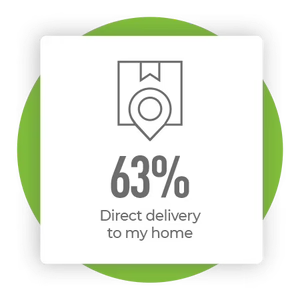
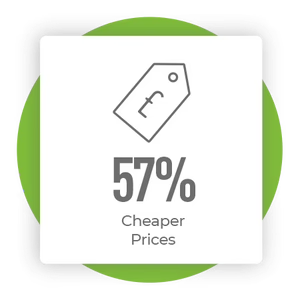
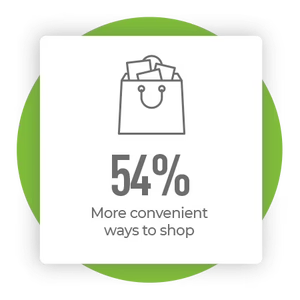
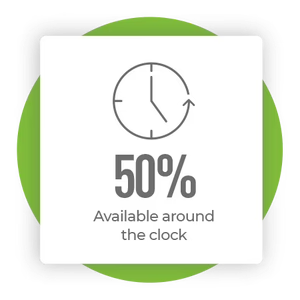

New online product category winners emerge.
The pandemic brought about changes to lifestyle and consumer spending habits. With consumers still wary of buying in store, online purchase demand in new product categories has surged worldwide.
Though dynamics vary across countries, health, hygiene, home essentials, and food and beverage are now the new top online product categories. The pandemic has also amplified the consumer’s increasing desire for convenience, immediacy, and simplicity.
Testimonials

Though global ecommerce growth will slow before picking up in 2022, ecommerce sales are at an all-time high after the pandemic accelerated years of growth in just weeks.
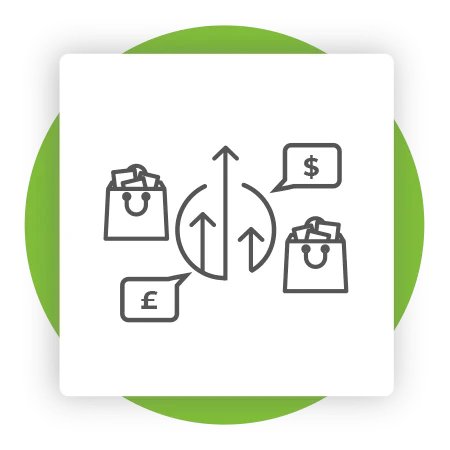
Record ecommerce competition—fuelled by legacy wholesalers, global retail giants, and product categories not traditionally purchased online—is driving up customer acquisition costs.
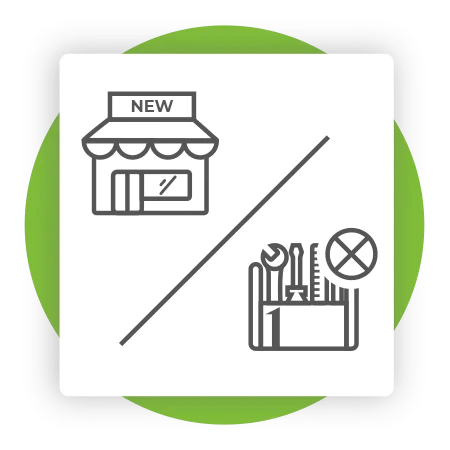
Many new competitors are not equipped to compete on customer experience, a top differentiator online, giving an edge to brands with immersive omnichannel experiences.
Brands must adapt or risk becoming irrelevant.
Never has the consumer expected more of businesses. Not only do shoppers want to buy online, they also expect it to be fast and convenient. Consumer surveys indicate that these shifts will be sticky. Of the 75% of consumers who say they tried different online brands during the pandemic, 60% expect to integrate the new brands and stores into their post-COVID lives. Other shifts that took hold during stay-at-home orders are also expected to persist, including shopping online, using mobile payments, and video calling and conferencing.
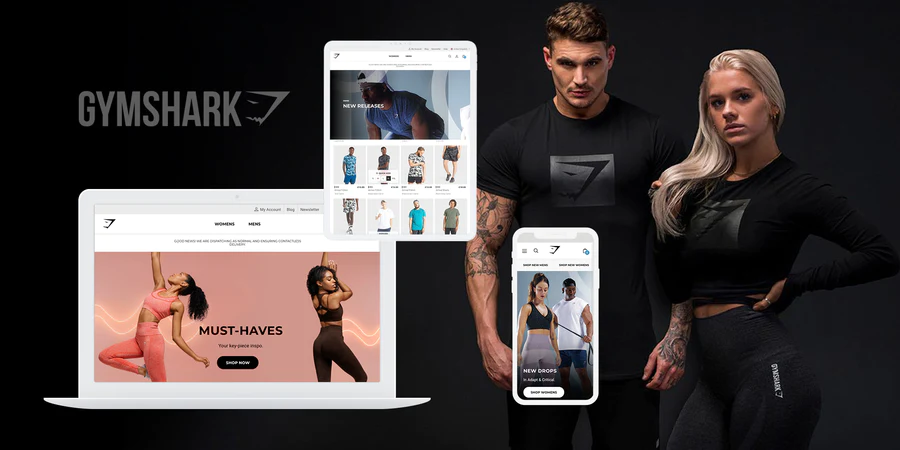
Trend in action: Gymshark
Gymshark, an aspirational fitness apparel brand, has built a community that connects customers with their fitness idols. These enduring human connections are built on and offline. From trainer-led streaming workouts to in-person expos, Gymshark empowers customers to choose where and how they interact with its influencer network.
Letting customers choose their own adventure—virtually, in person, or a combination of the two—has helped Gymshark become the fastest growing private company in the U.K.
“We are nothing without our community, so we will use this new investment partnership to get even closer to them on a truly global scale,” says Ben Francis, Gymshark’s founder. “I’m incredibly proud of what Gymshark has achieved to date from our roots in Birmingham, but it’s all about looking forward.
Star Trek in the 1960s portrayed technology that could be controlled by a character’s voice. What was once the stuff of science fiction has arrived. Instead of issuing commands like, “Raise deflector shields,” we can shop with our voices through smart mirrors or video games.

Why Choose Shopify To Grow Your ecommerce Business?
Over one million ecommerce stores in 175 countries of all shapes and sizes trust the Shopify platform. From young new start ups all the way to enterprise brands such as Gym Shark, Deliveroo, Kylie Cosmetics, Justin Timberlake & Beyonce's online stores are all powered by the platform.




